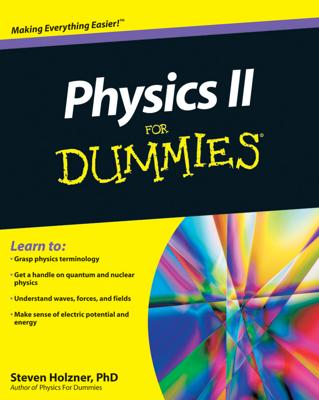Drum roll, please. Newton's laws explain what happens with forces and motion, and his first law states: "An object continues in a state of rest, or in a state of motion at a constant speed along a straight line, unless compelled to change that state by a net force." What's the translation? If you don't apply a force to an object at rest or in motion, it will stay at rest or in that same motion along a straight line. Forever.
For example, when scoring a hockey goal, the hockey puck slides toward the open goal in a straight line because the ice it slides on is nearly frictionless. If you're lucky, the puck won't come into contact with the opposing goalie's stick, which would cause it to change its motion.
In everyday life, objects don't coast around effortlessly on ice. Most objects around you are subject to friction, so when you slide a coffee mug across your desk, it glides for a moment and then slows and comes to a stop (or spills over — don't try this one at home). That's not to say Newton's first law is invalid, just that friction provides a force to change the mug's motion to stop it.
What Newton's first law really says is that the only way to get something to change its motion is to use force. In other words, force is the cause of motion. It also says that an object in motion tends to stay in motion, which introduces the idea of inertia.
Getting it going: Inertia and mass
Inertia is the natural tendency of an object to stay at rest or in constant motion along a straight line. Inertia is a quality of mass, and the mass of an object is really just a measurement of its inertia. To get an object to move — that is, to change its current state of motion — you have to apply a force to overcome its inertia.
Say, for example, you're at your summer vacation house, taking a look at the two boats at your dock: a dinghy and an oil tanker. If you apply the same force to each with your foot, the boats respond in different ways. The dinghy scoots away and glides across the water. The oil tanker moves away more slowly (What a strong leg you have!). That's because each one has different masses and, therefore, different amounts of inertia. When responding to the same force, an object with little mass — and a small amount of inertia — will accelerate faster than an object with large mass, which has a large amount of inertia.
Inertia, the tendency of mass to preserve its present state of motion, can be a problem at times. Refrigerated meat trucks, for example, have large amounts of frozen meat hanging from their ceilings, and when the drivers of the trucks begin turning corners, they create a pendulum motion that they can't stop from the driver's seat. Trucks with inexperienced drivers can end up tipping over because of the inertia of the swinging frozen load in the back.
Because mass has inertia, it resists changing its motion, which is why you have to start applying forces to get velocity and acceleration. Mass ties force and acceleration together.
Measuring mass
The units of mass (and, therefore, inertia) depend on your measuring system. In the meter-kilogram-second (MKS) system or International System of Units (SI), mass is measured in kilograms (under the influence of gravity, a kilogram of mass weighs about 2.205 pounds). In the centimeter-gram-second (CGS) system, the gram is featured, and it takes a thousand grams to make a kilogram.
What's the unit of mass in the foot-pound-second system? Brace yourself: It's the slug. Under the influence of gravity, a slug has a weight of about 32 pounds. It's equal in mass to 14.59 kilograms.
Mass isn't the same as weight. Mass is a measure of inertia; when you put that mass into a gravitational field, you get weight. So, for example, a slug is a certain amount of mass. When you subject that slug to the gravitational pull on the surface of the earth, it has weight. And that weight is about 32 pounds.

